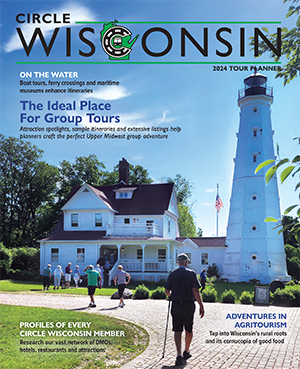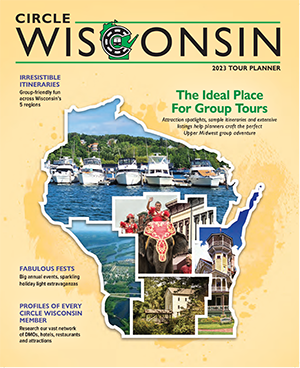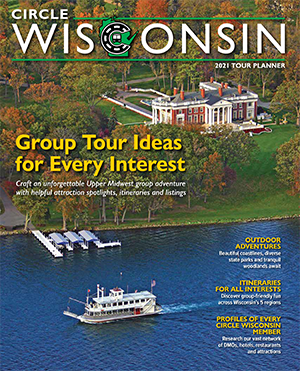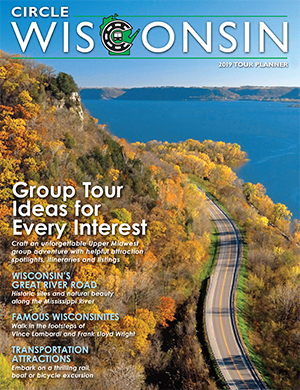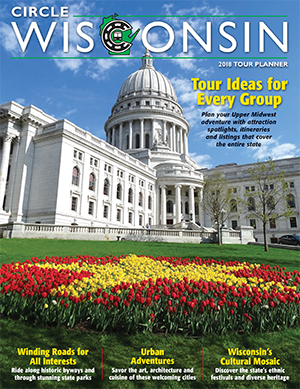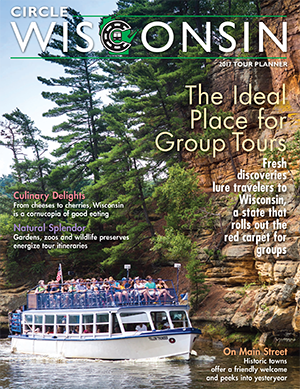Circle Wisconsin Tour Planner
2025 EditionCraft an unforgettable Upper Midwest group adventure with helpful attraction spotlights, itineraries and listings.
Circle Wisconsin Tour Planner
2025 EditionCraft an unforgettable Upper Midwest group adventure with helpful attraction spotlights, itineraries and listings.
Access it Anytime, Anywhere – No Internet Required

View the Flipbook
In this Wisconsin Tour Planner Edition
Get ready for an unforgettable journey! Our 2025 Circle Wisconsin Tour Planner is packed with exciting destinations and attractions that will make your visit to Wisconsin truly remarkable.
Whether you’re enjoying the state’s amazing winter activities, savoring our mouthwatering local flavors or immersing yourself in its many incredible water activities, Wisconsin promises an experience like no other. You’ll feel right at home with our friendly locals, creating memories to last a lifetime.
From beloved landmarks to newly discovered treasures, we’ve highlighted the very best Wisconsin has to offer, ensuring every traveler finds their perfect adventure. Whether you’re a nature lover, a history enthusiast, or simply seeking fun, there’s something here for everyone. Take time to explore the heart of our communities. The rich history, unique attractions, and dynamic culture you’ll encounter will inspire and captivate you at every turn. Every destination has a story waiting to be uncovered.
And don’t miss our incredible museums, where you can experience the essence of Wisconsin and American heritage. These vibrant collections showcase the creativity and innovation that make our state a true cultural hub.
We’re thrilled to guide you on this exciting adventure through Wisconsin. Our planner is designed to help you navigate the state’s wonders, ensuring your trip is seamless and packed with joy.
This year, we’re also excited to introduce you to more than 100 group-friendly destinations and attractions across Wisconsin. It’s your chance to uncover hidden gems, craft personalized itineraries, and discover new experiences you won’t find anywhere else.
Join us for the Circle Wisconsin Midwest Marketplace from April 6-8 in Dubuque, IA at the Grand River Center along the banks of the Mississippi River. This is your opportunity to explore new group travel ideas, connect with other travel enthusiasts, and find destinations off the beaten path that will enhance your journey. For more details and to register, visit www.midwestmarketplace.org or contact us directly. Circle Wisconsin Midwest Marketplace, the go-to industry event for creating unforgettable itineraries for groups, you don’t want to miss it!
So, what are you waiting for? Start planning your next group tour to Wisconsin and get ready for an adventure full of discovery, fun, and lasting memories!
Wisconsin Tourism Articles
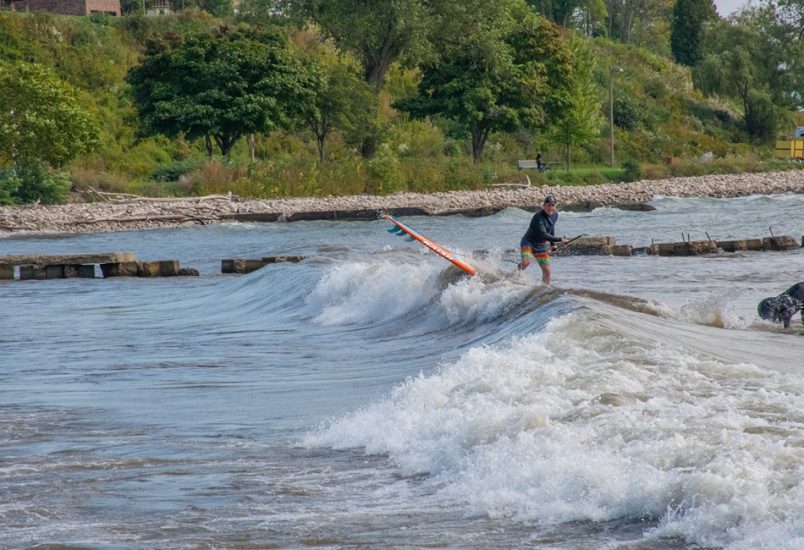
Experience These Spectator Sports in Wisconsin
Stadiums, arenas and raceways across the state offer fun outings for groups.
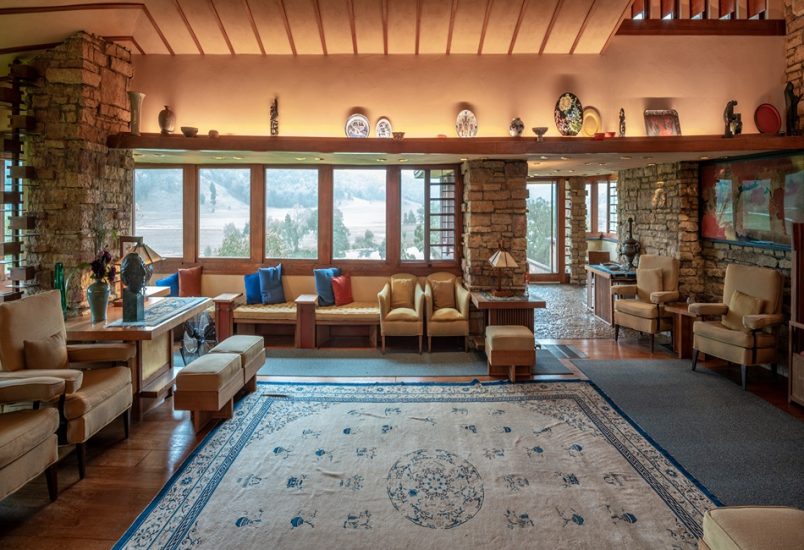
Hotbed of Arts & Culture in Wisconsin
Surprising discoveries abound in a state better known for beer, brats and cheese.
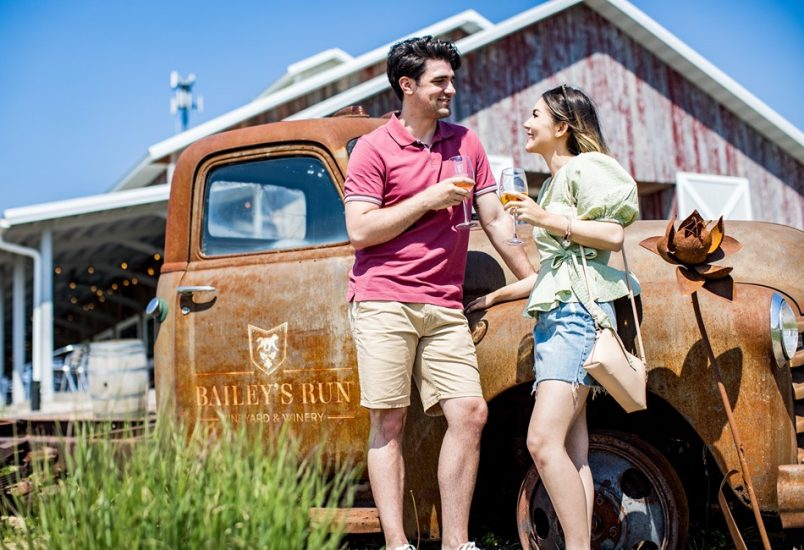
Wisconsin Food Tourism in 2025
A buzz-worthy food and beverage scene awaits tour groups in Wisconsin.
Wisconsin Group Itineraries
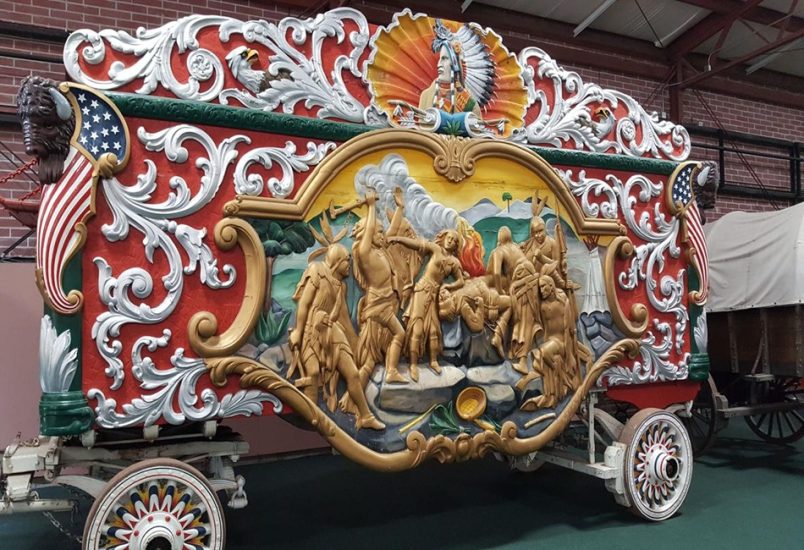
Wisconsin Heartland: Iconic Wisconsin
This itinerary covers top attractions in Wisconsin Dells, Plover, and the surrounding areas and mixes nature, history, and local food experiences, giving you a comprehensive overview of the heart of Wisconsin.
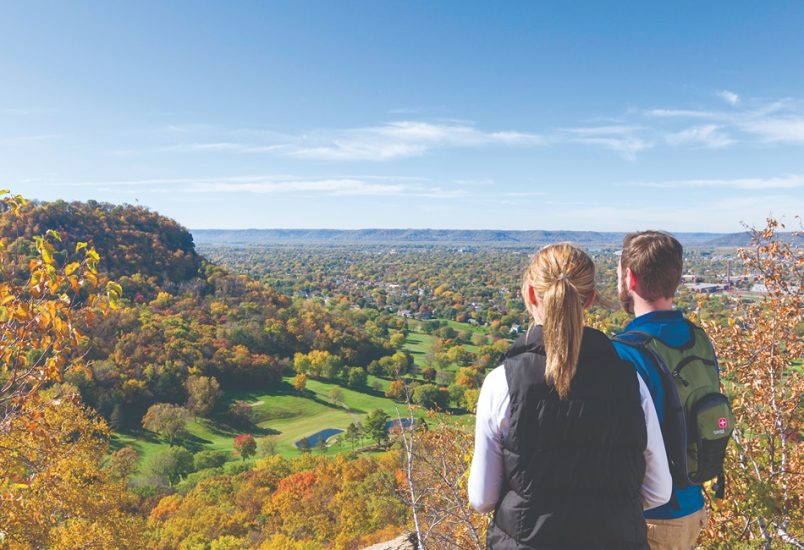
Mississippi River Valley & Beyond: Experience the Great River Road
Explore some of the oldest communities in Wisconsin along one of America’s great scenic byways, the Great River Road.
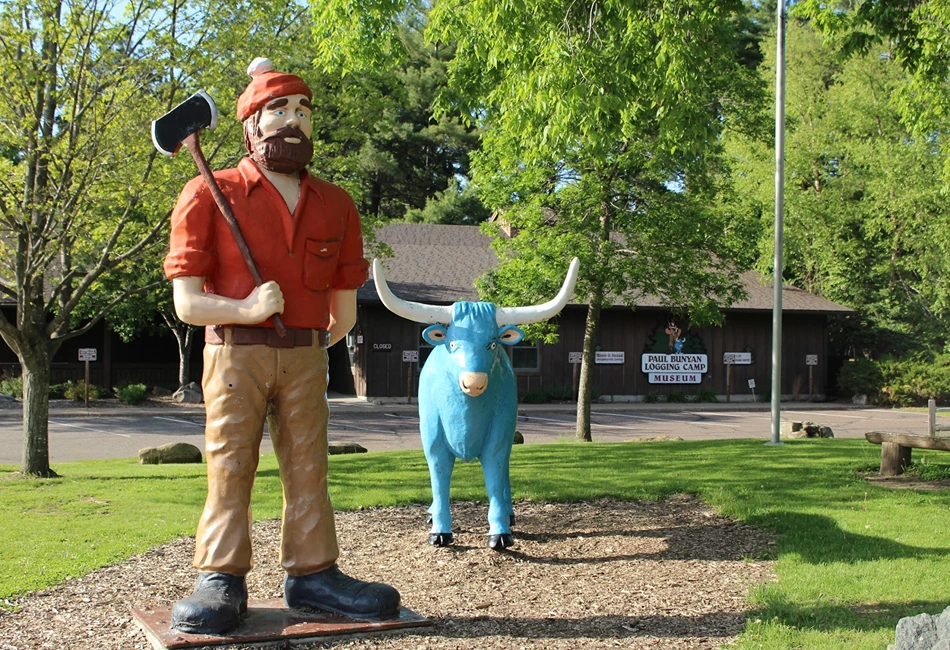
Wisconsin Northwoods & Lake Superior at a Glance
This three-day itinerary in northern Wisconsin spotlights an unspoiled land of dense forests, hundreds of lakes, and small towns between the Mississippi River and Lake Superior.
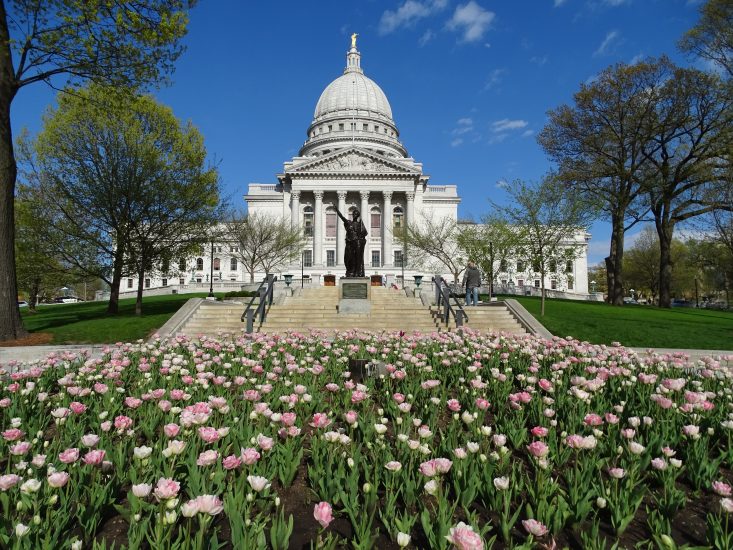
Wisconsin South Central Crossroads
This three-day itinerary promises an unforgettable journey through southern Wisconsin, combining the area’s rich history with breathtaking attractions and charming towns.
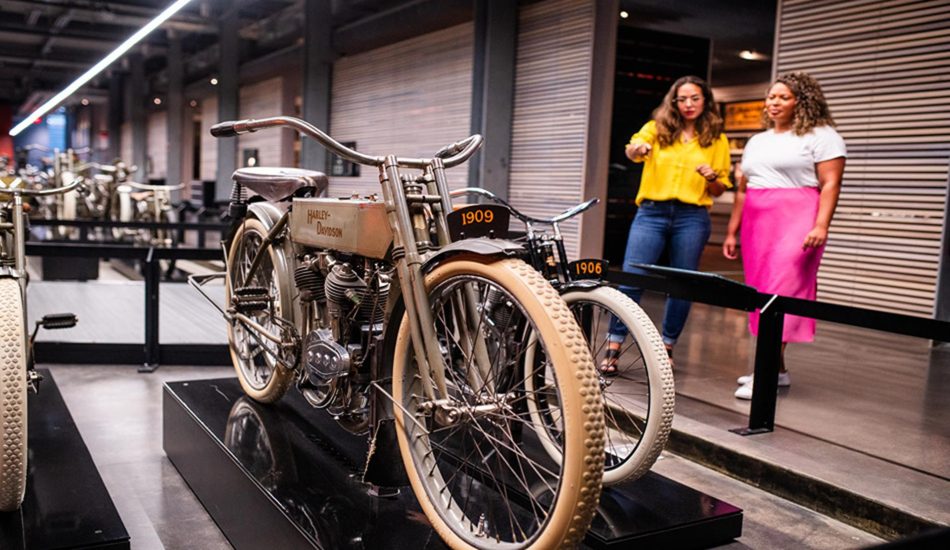
Wisconsin's Eastern Shores
This four-day itinerary offers a diverse mix of history, nature and cultural experiences, ensuring a memorable and engaging journey.
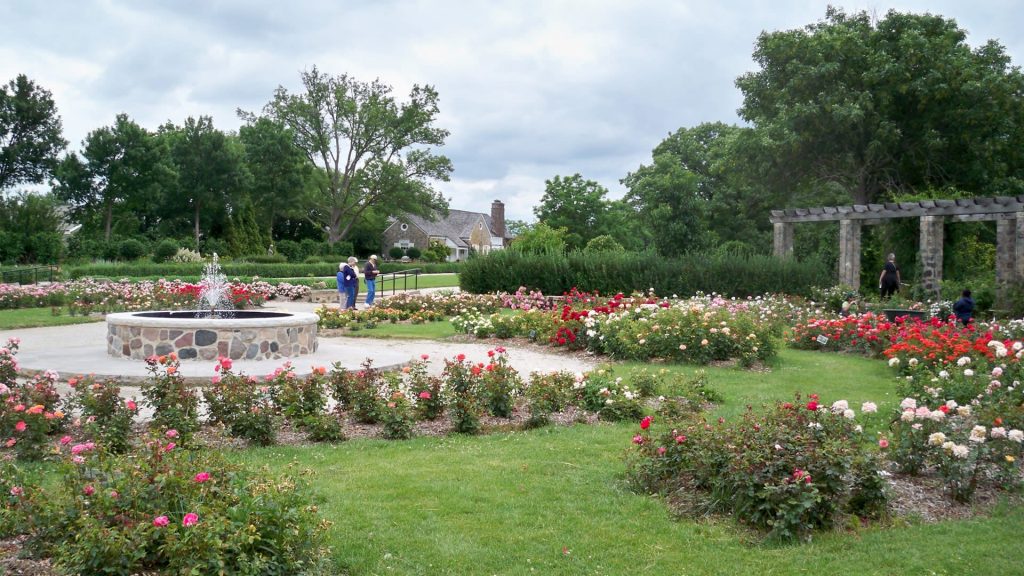
Eastern Shores : An Overload of Itinerary Gold in Southeastern Wisconsin
Groups will be captivated by attractions like the Civil War Museum, Milwaukee County Zoo and Boerner Botanical Gardens.

